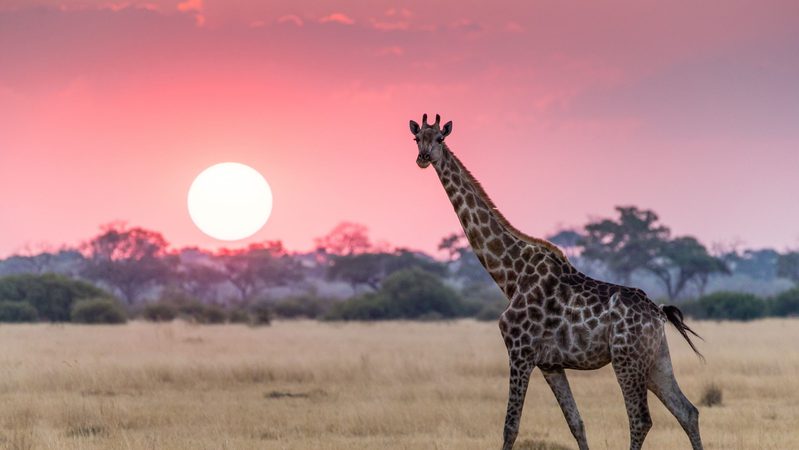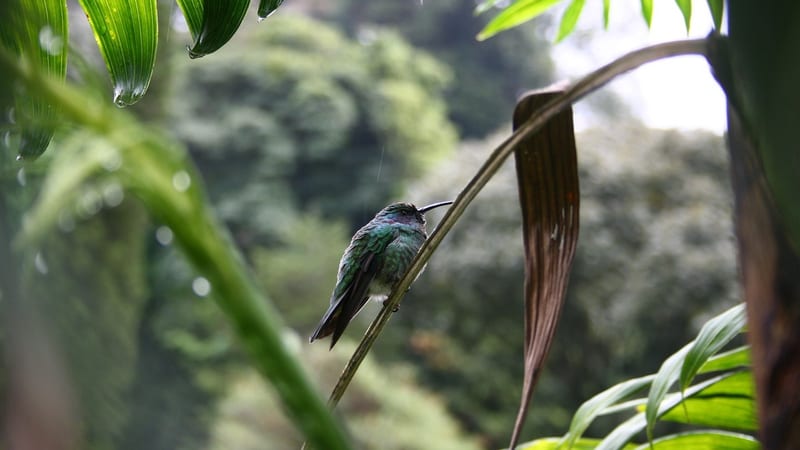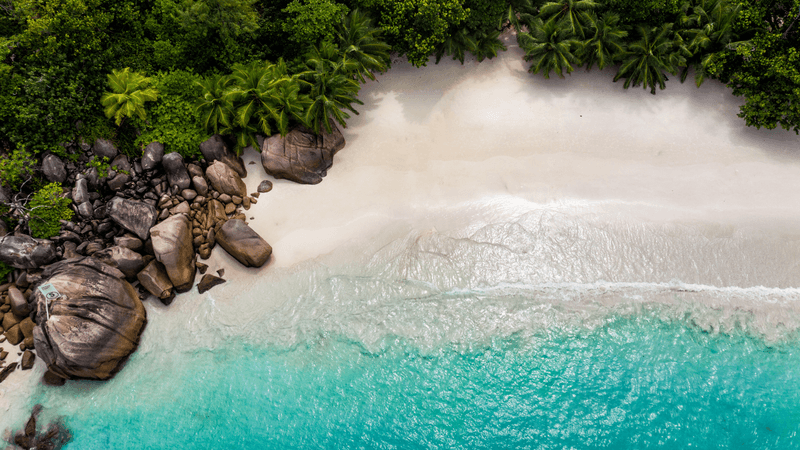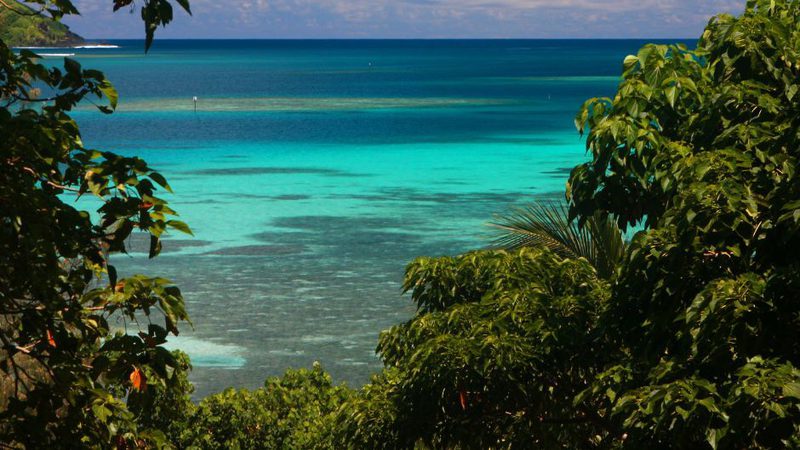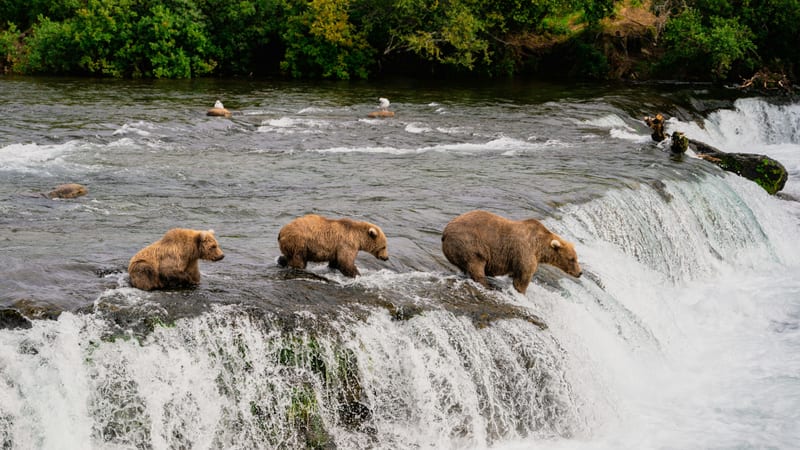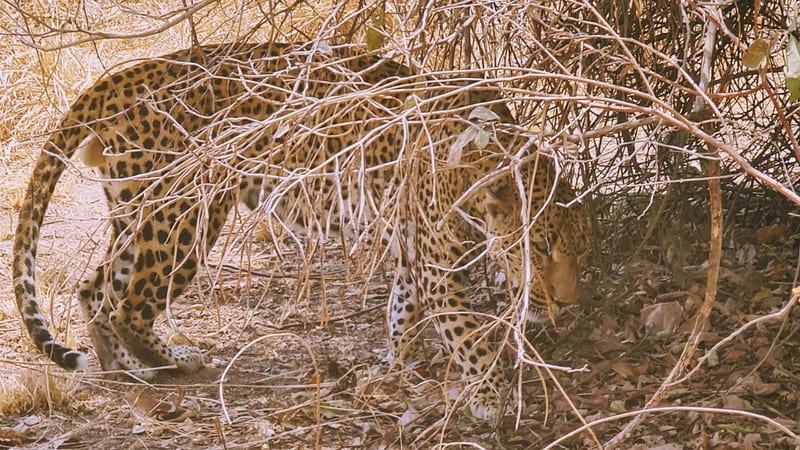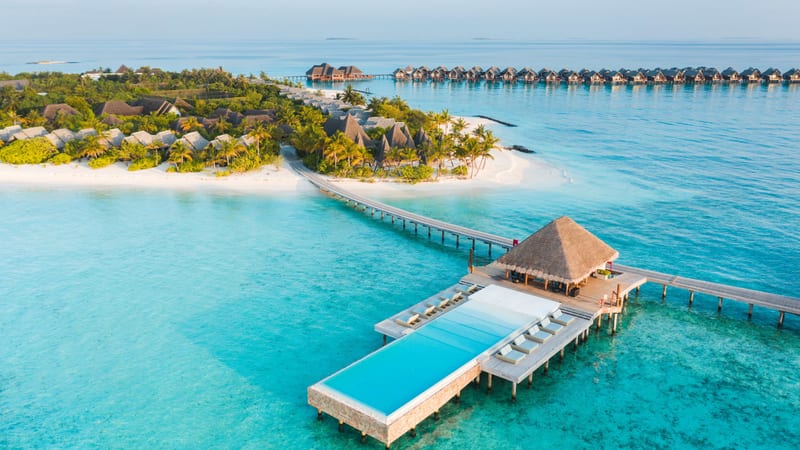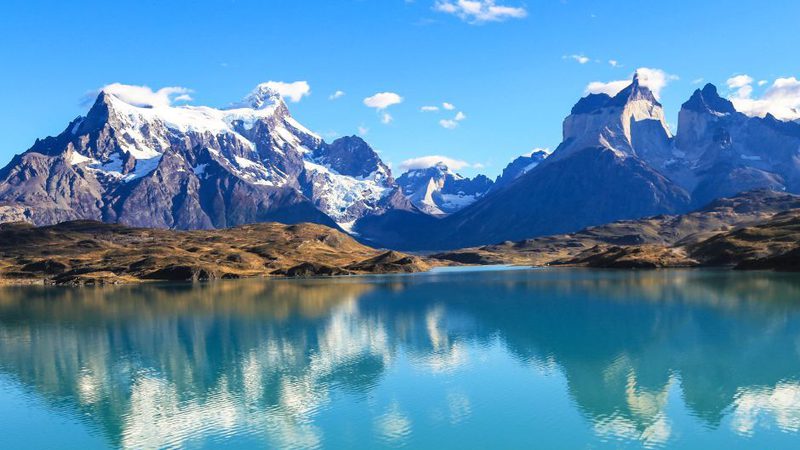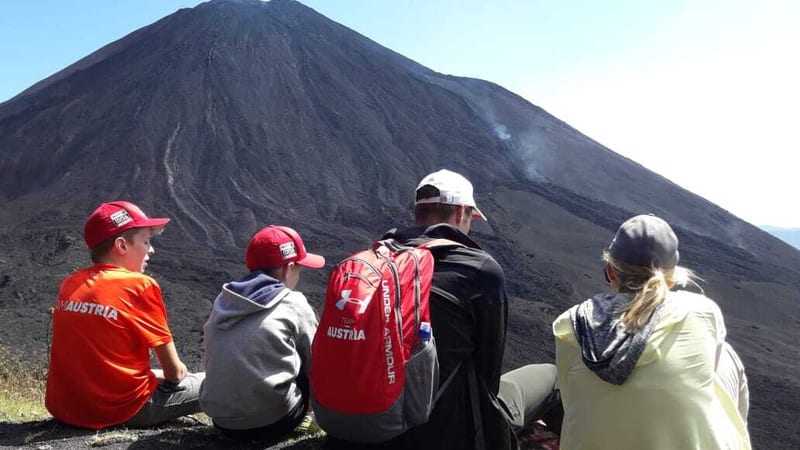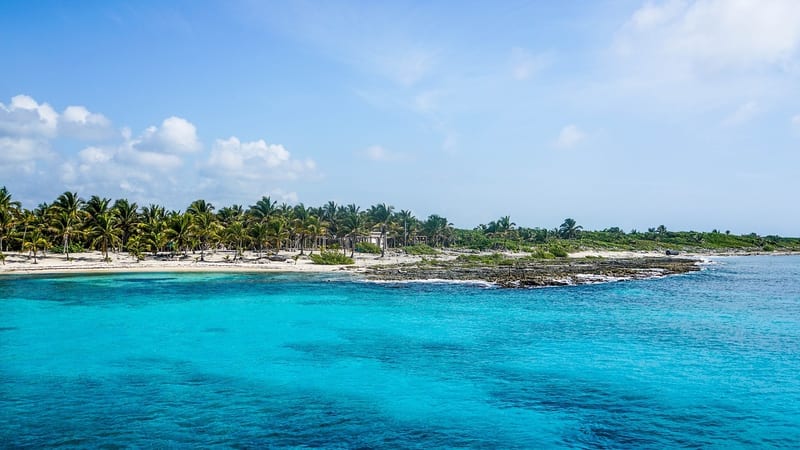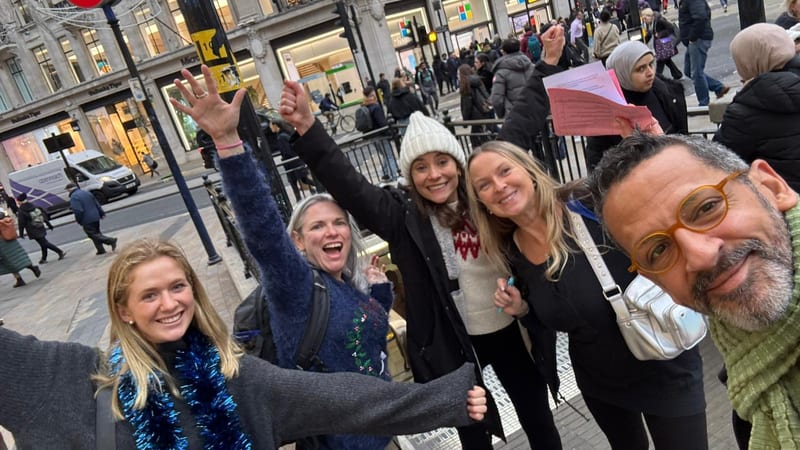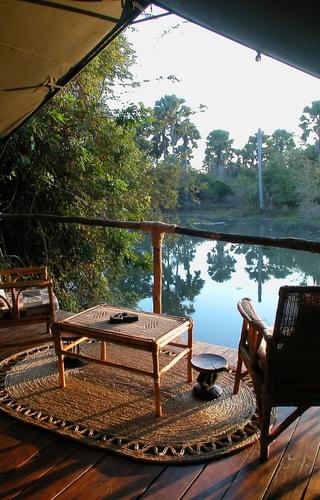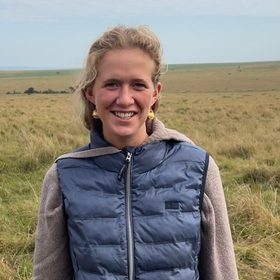Rustic charm and plenty of hippos! The “rhino walk” also offers the opportunity to view the endangered Black Rhino in its natural habitat.
Location: Mvuu Lodge is set along a beautiful stretch of the Zambezi River, deep in Zambia’s wildlife-rich Chiawa area. Nestled near Zambezi National Park and opposite Zimbabwe’s Mana Pools, the lodge boasts sweeping river views and easy access to incredible wildlife sightings.
Rooms: Mvuu offers a range of accommodation options, including stone-and-thatch chalets, luxury safari tents, self-catering cottages, and well-equipped campsites. Each space is styled with comfort in mind, featuring mosquito nets, fresh bedding, and thoughtful touches for a restful stay in the bush.
Amenities: At the heart of the lodge is a thatched restaurant and bar with a wide deck overlooking the river—perfect for morning coffees or sundowners. Guests can enjoy set-menu meals, a refreshing dip in the pool, and optional access to the bar and dining area even when self-catering (advance booking required).
Activities: Whether it’s a river cruise at sunset, a canoe trip on the Zambezi, or an early morning game drive, Mvuu offers memorable experiences for all ages. Wildlife frequently wanders through the camp, and the surrounding area is home to elephants, antelopes, predators, and hundreds of bird species. Anglers can try their luck catching (and releasing) tigerfish, especially during the exciting annual Tiger Cup event.
Sustainability: Mvuu Lodge is committed to supporting local communities and protecting the surrounding ecosystem. Staff are hired locally, meals use regional ingredients, and guests are encouraged to experience the natural world responsibly.
Best places to stay in Lilongwe and Surrounds
Malawi Trip Inspiration
When to go to Malawi
Find out the best time to visit Malawi with our month by month guide.
- Best
- Good
- Mixed
- Jan
- Feb
- Mar
- Apr
- May
- Jun
- Jul
- Aug
- Sep
- Oct
- Nov
- Dec
January
January is a good time for bird watchers, migratory birds from the Northern Hemisphere flock to Malawi's National Parks. The rains are in full flow with impressive thunderstorms lighting the sky across the country regularly - many lodges around the shores of Lake Malawi will be closed during this time.
February
Rain continues to pour regularly in February. The bird watching is incredible particularly in the high altitude Nyika National Park with many flowers blooming carpeting the lower plateaus.
March
In March the weather is still somewhat unsettled with regular rains, these diminish as the month goes on. Birders will be in paradise, young birds are spreading their wings for the first time preparing for their epic journey back to the Northern Hemisphere.
April
Rains begin to subside, the sun starts to shine and temperatures increase. Wildlife viewing is good, observers can watch animals emerge across Liwonde National Park. In particular antelopes are in rut and visitors to Malawi's National Parks can experience incredible clashes between rival males.
May
Days become sunnier and cooler during May. Wildlife viewing is at its best due to less vegetation and the animals gathering together around waterholes.
June
June days are long and sunny, but it's Malawi's winter and the temperatures drop significantly at this time of year. The evenings and mornings are very cold in the highland regions, with log fires lit. The dry season means animals congregate around the Shire River in Liwonde National Park for easier access to water and rich green vegetation - large numbers of elephants can be present at this time of year due to dwindling water levels.
July
July is a perfect time to visit Malawi, skies are clear there are less mosquitoes and there's virtually no rain. Although its high season, most of the National Parks won't be crowded despite the spectacular sightings of larger elephant herds - often reaching into the hundreds!
August
In August the weather warms, with daytime peak temperatures averaging around 30°C, whilst night time averages rise to 10°C. If you want to experience large wildlife herds, this is the time of year to visit. Water is diminishing and spaces at watering holes are becoming limited leading to increasing tensions between the animals. It's an amazing time to enjoy the delights of Lake Malawi's azure waters, with temperatures perfect for watersports or relaxing in the sun lakeside.
September
Night time temperatures rise rapidly, whilst daytime averages remain in the mid 20°Cs. With clear skies and dry vegetation concentrations of animals are still great but starting to dwindle in comparison to July and August. Lake Malawi is popular this time of year, the increased wind conditions make it perfect for an afternoon sail.
October
October is a humid month, temperatures regularly rise above 40°C and night times are increasingly warm. If you want to witness the world's largest antelope, the eland, can often be seen as they start regrouping for their breeding season - with herds reaching into the hundreds it makes for an awe inspiring sight.
November
The green season, November witnesses the first few storms of the rainy season arriving. It marks the arrival of the many migratory birds from the Northern Hemisphere.
December
In December the rains become more regular, with thunderstorms occurring every few days. With lush green scenery animals can be difficult to see because of the thick vegetation and the abundance of water. But birders will have an amazing time witnessing the incoming flurry of migratory birds.
Speak to a Malawi expert today
and start planning your tailor-made vacation

Alistair

Ben


